Let's say it again: Jerry's project is amazing - I really recommend you check it out! https://plasticscanner.com/
He has also built a great community of enthusiastic collaborators who are working on firmware development, electrical engineering, testing, etc.
Very importantly, the repositories are constantly updated. Droves of really interesting information.

 Supplyframe DesignLab
Supplyframe DesignLab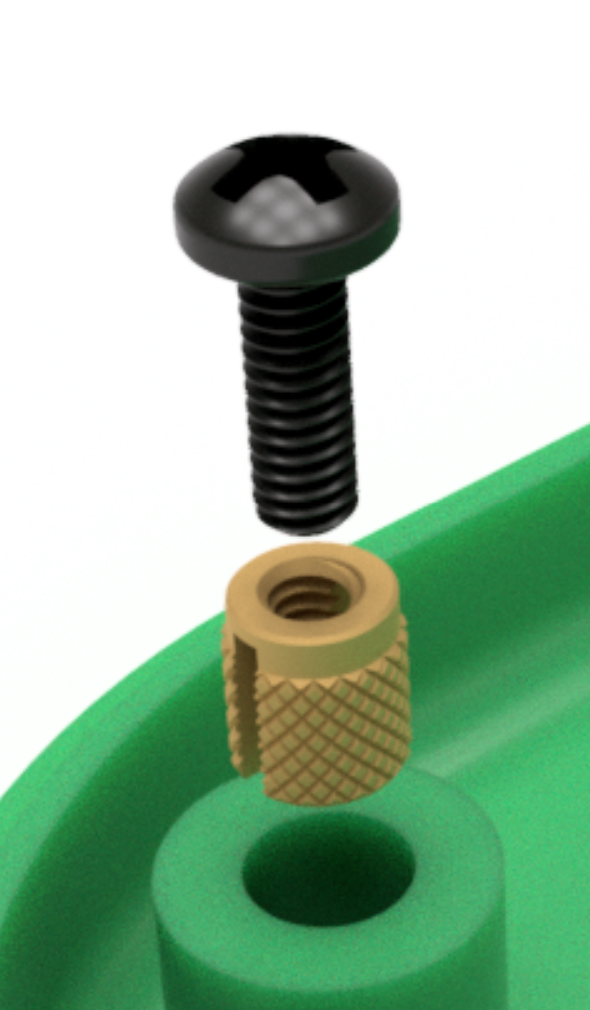
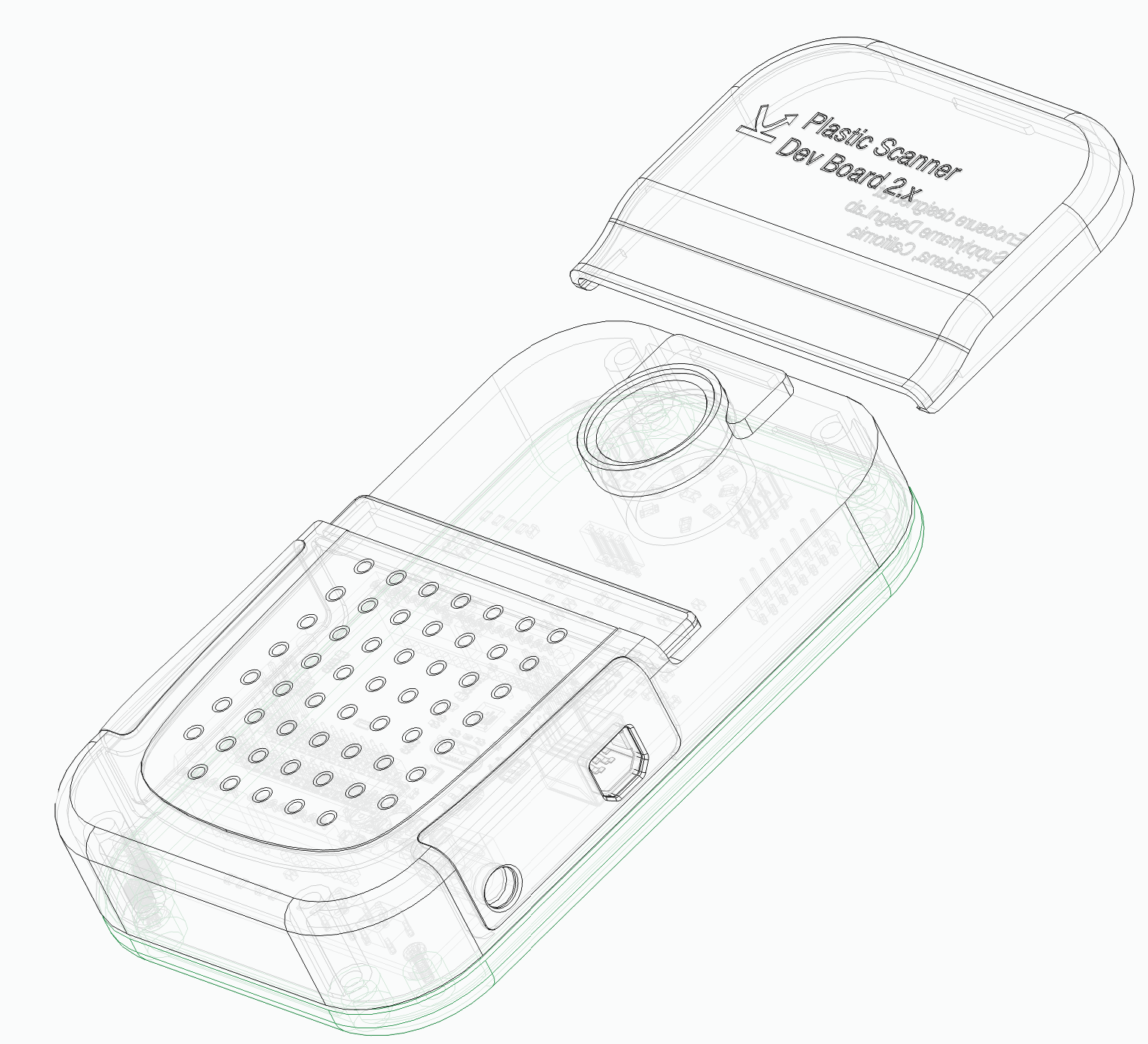
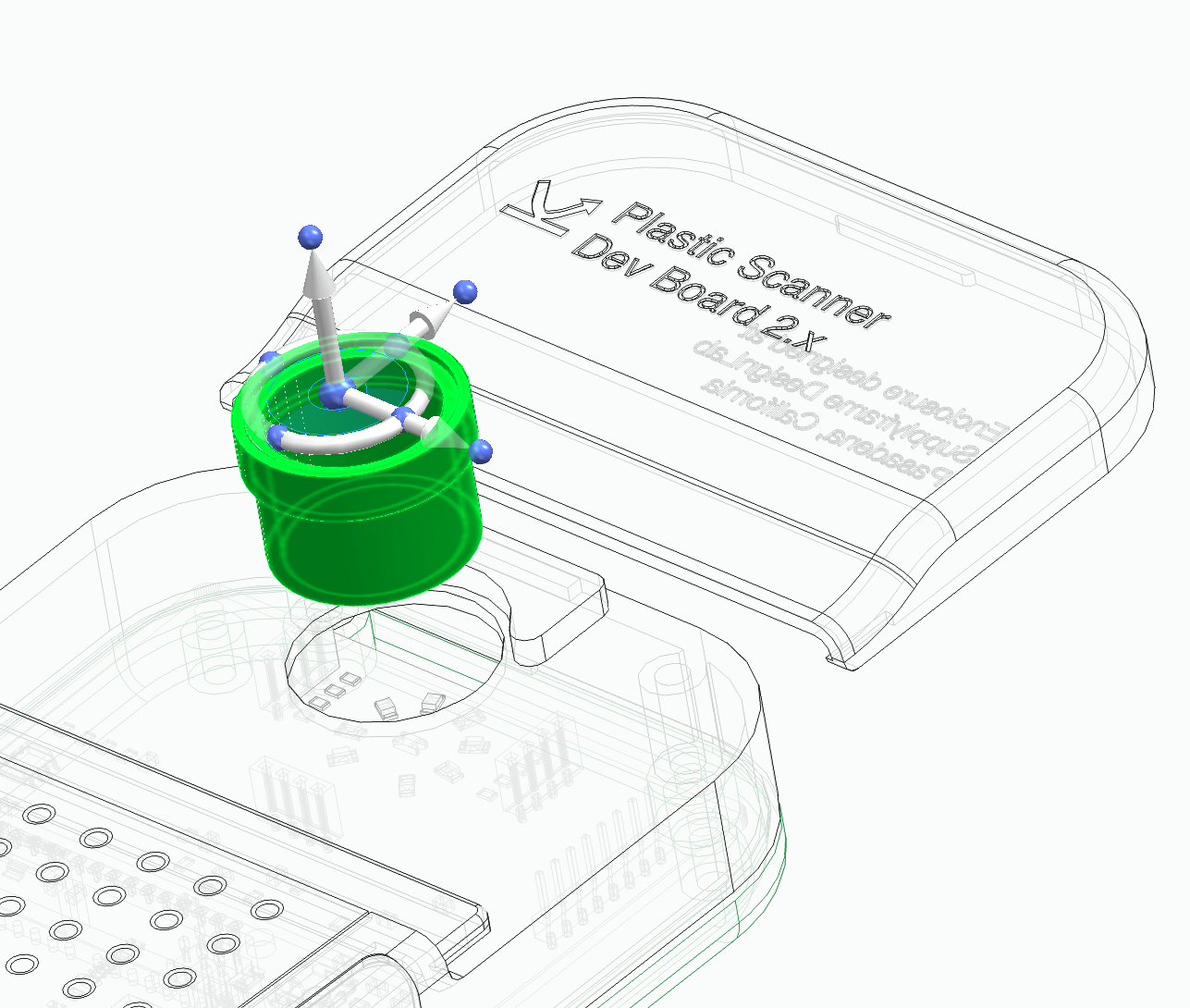


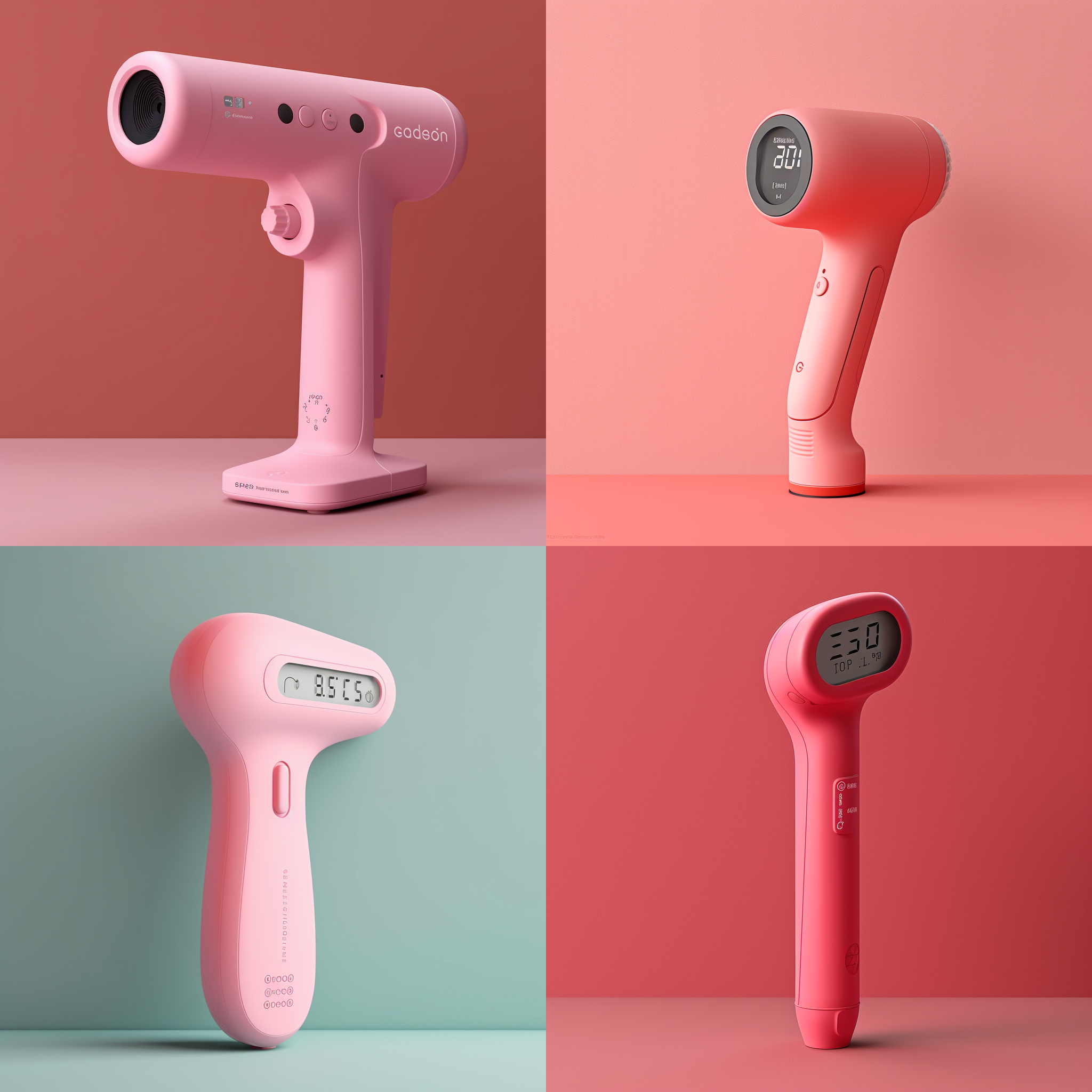




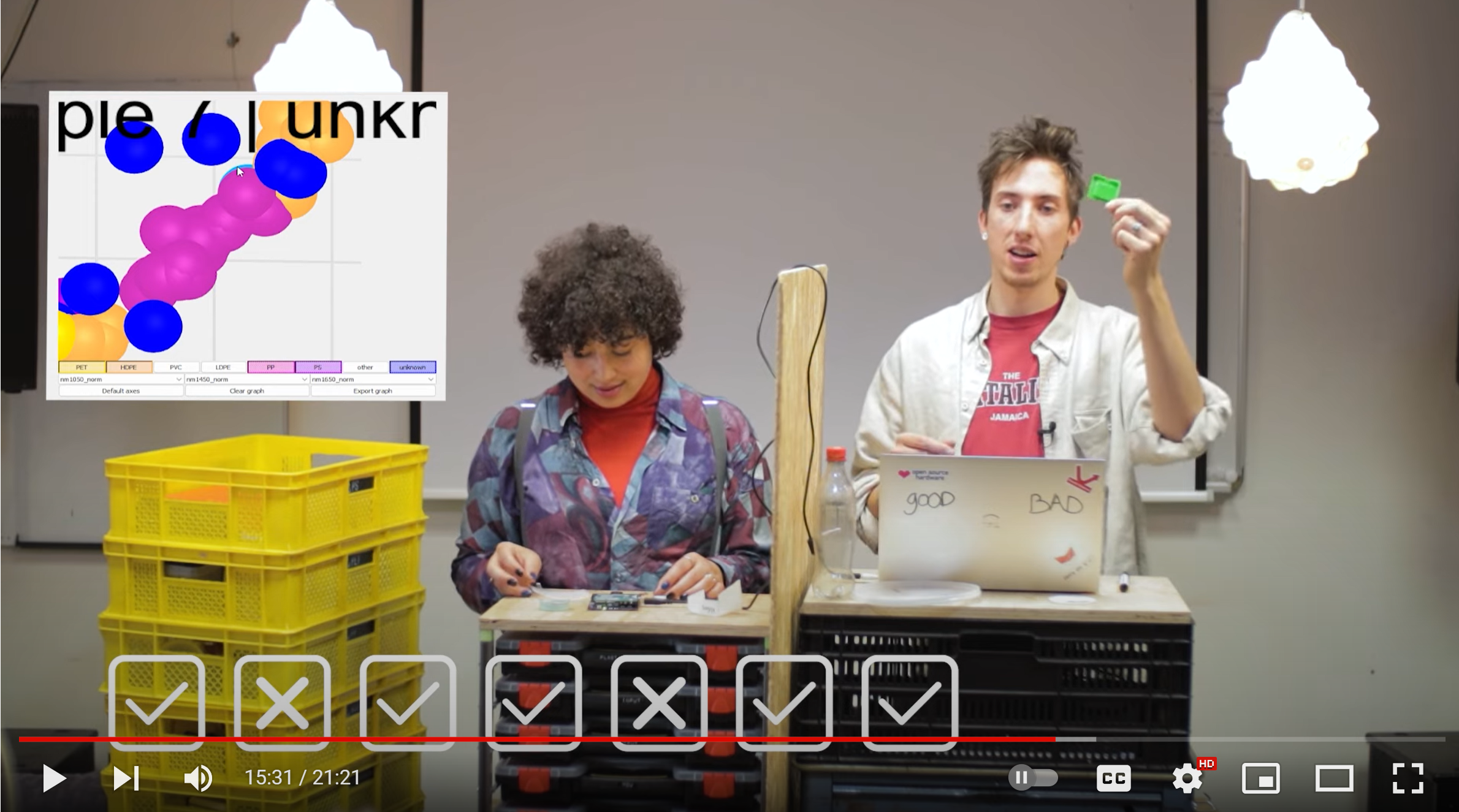
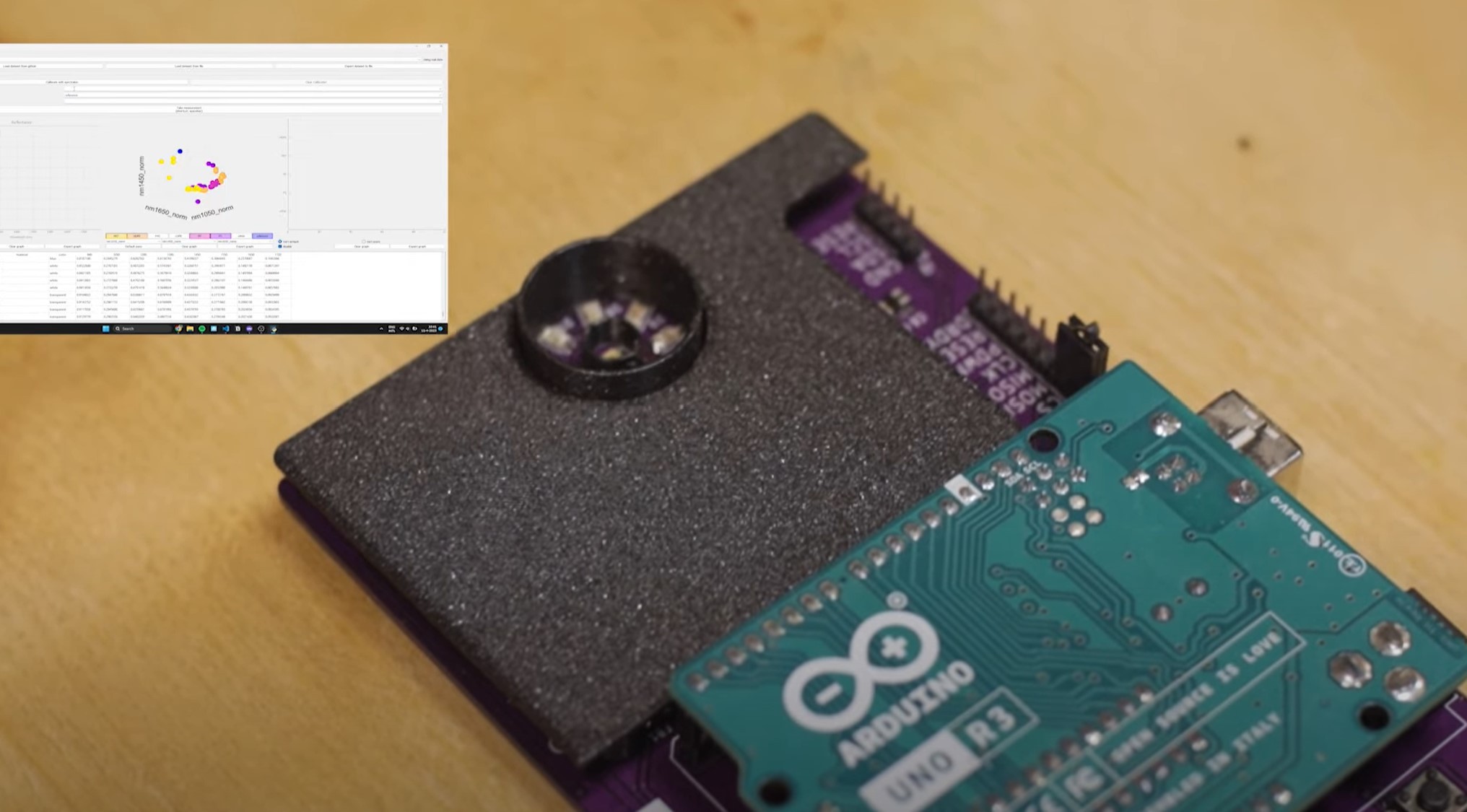
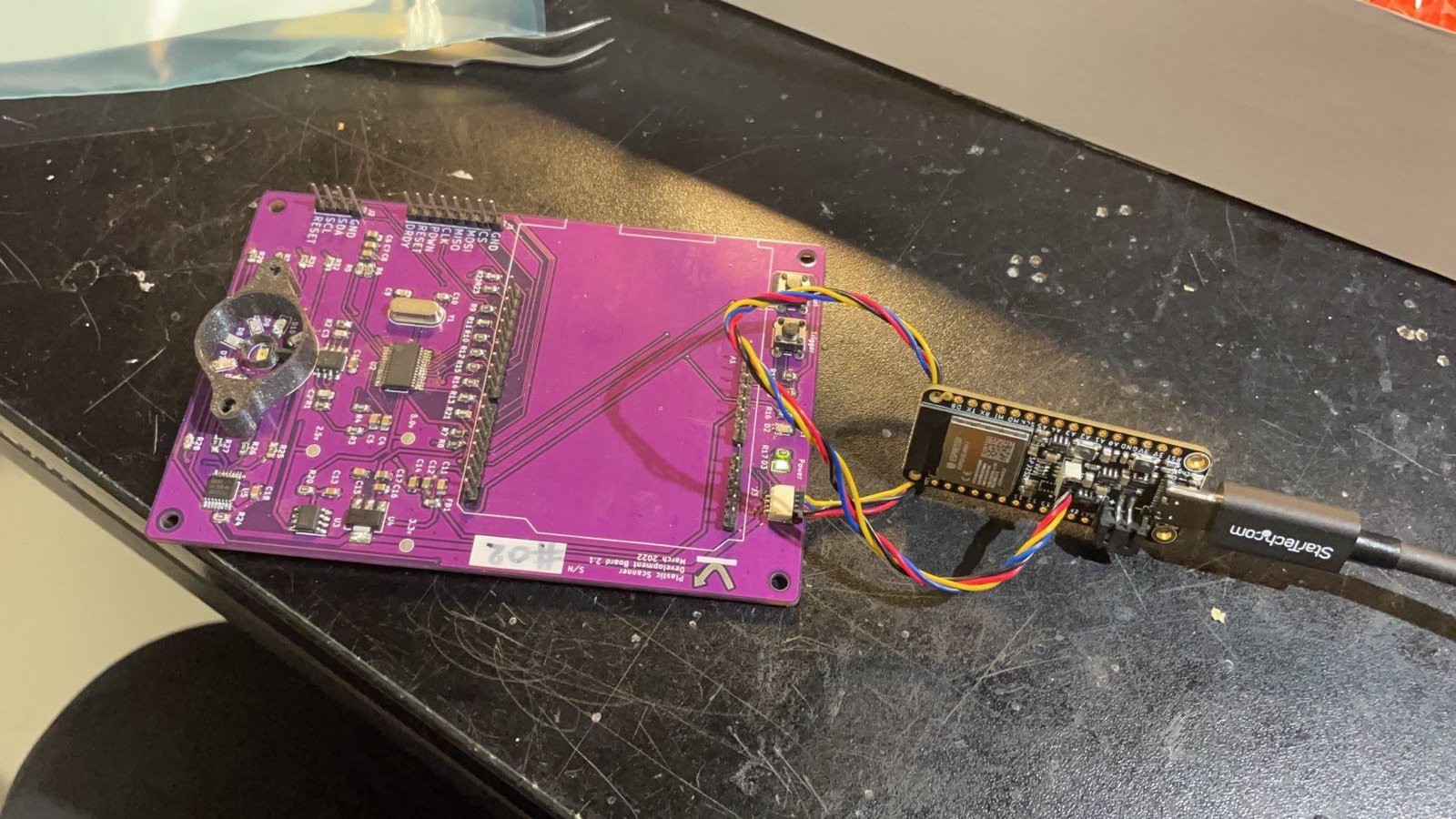
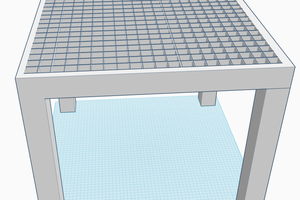
 Lucas Rolfes
Lucas Rolfes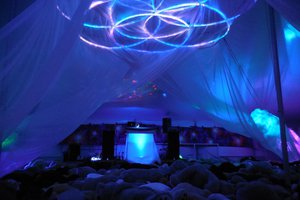
 Stephen Tranovich
Stephen Tranovich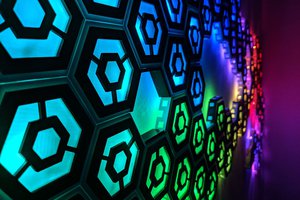
 Josh Cole
Josh Cole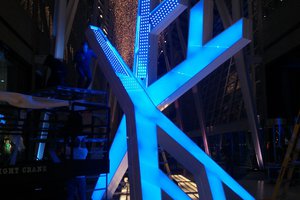
 Nicholas Stedman
Nicholas Stedman